Sundance 2021
By Beverly Andrews
Film Festivals are the life blood of cinema, they not only present an opportunity to showcase new work from around the world but also act as ambassadors of the industry itself. Each festival has its own unique flavour, Cannes is renowned for its glamour, while Venice has a long history of championing the cause of cinema’s auteurs (directors who don’t simply direct but those whose films represent their entire vision) and of course no festival can create Oscar buzz like Toronto. None though have the cache for young emerging film directors as Sundance. Established in many ways as a counter weight to the older festivals, Sundance can be seen as the indie upstart, who has somehow managed to outdistance its older rivals. Taking place in the icy lands of Utah, Sundance has managed to carve out its own unique niche in an overcrowded market, by creating a reputation for championing the work of independent filmmakers, with a particular focus on minority and women filmmakers and by doing so ensures that cinema is indeed a true reflection of society. In an industry now dominated by corporations, Sundance has worked to ensure that smaller more personal projects can reach a global audience. Founded by Sterling Van Wagenen, formerly head of Robert Redford’s production company Wildwood and John Earle of the Utah Film Commission and each year kicked off by a personal appearance of Robert Redford himself, Sundance is indeed unique.
And in its relatively short history, Sundance has been the launching pad for several award winning films including ‘Call Me by Your Name’, ‘Reservoir Dogs’ and ‘Precious’, to name just a few, the list goes on and on. Added to this is a long standing mission statement of the festival to pay respect to the indigenous people, who are the historic caretakers of the land on which the festival takes place. Sundance therefore is a festival like no other. Given its unique status many wondered what this year’s online version would be like. Slimmed down and held virtually due to the ongoing ravages of Covid, many questioned whether Sundance would still be able to reproduce its magic. Somehow the festival managed to do just that, even online it was a festival like no other and here in no particular order is a list of some of the stand out features which were premiered this year:
Indie Voices:
Judas and the Black Messiah
Judas and the Black Messiah is a powerful look at the fraught relationship between legendary Black Panther party leader Fred Hampton and the FBI informant William O’Neal who would ultimately betray him. The film highlights Fred Hampton’s legendary ability to reach out to marginalised communities across racial lines, pointing out that an economically unjust society affects everyone, while also seeking to explain O’Neal’s betrayal.
An astonishing film, written, produced and directed by Shaka King, who displays the maturity of a Martin Scorcese, anchored by the two star making performances of Daniel Kaluuya and LaKeith Stanfield. ‘Judas and the Messiah’ is assured both critical and commercial success.
Ailey
Ailey is a documentary which looks at the career of legendary African American choreographer Alvin Ailey. A dancer whose company, named after himself, is perhaps the most famous dance troupe in the world. People who go to see the Ailey company perform often have no interest in dance, but for the Ailey company they make an exception, when asked why they will simply say that “the company transcends dance”. This documentary highlights the fact that although the Ailey company is well known, its founder is not, he lived his entire life shrouded in mystery. This beautifully directed film by Jamila Wignot, makes clear that in many ways this was exactly how Ailey wanted it. On the evidence presented here, Ailey appeared to have found it difficult to connect with others in any way other than through dance. He is quoted as having said that our entire history is contained in our bodies, the way we move and, when we dance, that history suddenly appears, suggesting perhaps that words themselves are simply not important.
The film includes footage from some of Ailey’s most famous creations, ‘Revelations and Cry’, a piece he dedicated to black women everywhere but perhaps most poignantly to his much loved mum, an elegant woman whose journey took her from working as a cleaner in the country’s segregated South, to seeing her son’s company dance on theatre stages around the world. The film also contains interviews with several of the Ailey Company’s biggest stars, including the luminous Judith Jamison. The film does not necessarily dispel the mystery which surrounded Ailey throughout his life but at the end you simply don’t care, you are just in awe of the art he created.
President
President directed by Camilla Nielsson looks at Zimbabwe’s ongoing struggle to establish a truly representative Democracy. A heartfelt documentary which asks the question: “after years of corruption can free and fair elections really take place”? ‘President’ does not categorically give an answer but it does leave the viewer with a sense of hope, as well as highlighting the resilience of the Zimbabwean people.
The Most Beautiful Boy in the World
The Most Beautiful Boy in the World directed by Kristina Lindström and Kristian Petri, tells the heartbreaking, tragic story of Björn Andrésen who starred, at the age of fifteen, opposite Dirk Bogarde in Luchino Visconti’s critically acclaimed ‘Death in Venice’.
The film is a devastating look at the price of instant fame paid by an already fragile teenager, a teenager who had already lost both parents when the film was made and who literally had no one to guide or protect him.
Women’s Visions:
Along with championing the work of minority directors, the festival has also become famous for showcasing the work of women. In an industry dominated by men, where only one woman has ever won a best director’s Oscar, this has been a crucial factor in challenging Hollywood’s status quo. This fact alone points to what sets Sundance apart from other festivals. This year’s highlights include:
Passing
Passing, directed by Rebecca Hall, is a haunting adaptation of Nella Larsen’s Harlem Renaissance novel. Set in the 1920’s the author charts the practice of “racial passing,” a term most often used to describe individuals appearing to use a racial identity which is not their own. In ‘Passing’ two fair skinned African American women pass themselves off as white, one momentarily, while the other chooses, in order to avoid the prejudice and marginalisation she was subjected at the time, to live her life that way. These two estranged friends meet by chance and we see how this single encounter radically changes their lives. The film is shot in luminous black and white with a glittering cast which includes Tessa Thompson, Ruth Negga and ‘Moonlight’ alumni André Holland.
On paper, ‘Passing’, is an unusual choice as a first film by Hall, but when you look at her own family history, especially her mother, the renowned opera singer Maria Ewing, and the fact that Ewing herself is mixed race and her father, who was black ,did indeed ‘pass’ as did his parents, it all becomes clear. Hall states “After several "evasive" conversations within the family about race, "I started to think about... how I present as this white-passing person, who has all of the privileges and am afforded that because of how I look." The film shows how America’s toxic racial history has created these heart-breaking choices.
Writing with Fire
Writing with Fire is an extraordinary film which charts the work of India’s only female-led news bureau. This documentary highlights how the journalists working there not only have to fight against the sexism endemic in Indian society but also the country’s caste prejudice, since they come from India’s lowest caste, the Dalits. Watching them work though you would be forgiven for not thinking of them as simply women but as modern day super heroines since, from the moment they started both the paper publication and now their online youtube channel, Khabar Lahariya, has simply achieved miracles, not only in highlighting cases of domestic violence, rape and corruption but in the course of writing about these issues they have in fact changed behaviour. And in some cases, remarkably, they have actually gotten convictions. In a country where dozens of journalists are killed yearly, their achievements are heroic. Their Youtube channel is now watched by millions. Directed by Rintu Thomas and Sushmit Ghosh, ‘Writing with Fire’ will have you cheering in your seat wherever you may watch it and in awe of everything these women have achieved.
Hive
Hive tells another astonishing true story, that of a Kosovo woman named Fahrije who, while awaiting news of her missing husband lost during that country’s civil war, decides, despite physical and sexual threats in this conservative alcove in the former Yugoslavia, to start her own business with the support of other widows in her village and turns it into an international company.
‘Hive’, directed beautifully by fellow Kosovan Blerta Basholli, is a feature which illustrates that despite the hardships women often face in any conflict, they also have an ability to not only navigate these terrible circumstances but ultimately to triumph.
Coda
Coda was this year’s overall winner and watching it you can so easily see why since it is such a beautiful, heartfelt feel-good story about the life of a hearing teenager born into a deaf family and the choice she will have to make when it’s discovered that she is an extraordinary singer.
Deservedly winning the U.S Grand Jury Prize, the directing award and the US dramatic Special Jury prize for its ensemble cast, Siân Heder’s ‘Coda’ is just that rare thing, a film which feels like a ray of sunlight at a dark time.
Special mention
Faya Dayi
And special mention should go to Faya Dayi an almost hallucinogenic look at the tradition of the harvesting of Khat, a stimulant farmed in Ethopia.
The film highlights both the benefits of this crop as well as its destructive power and there was not a more beautifully shot film in the entire festival.
R#J
R#J, a social media reworking of Shakespeare’s classic tragedy, Romeo and Juliet: shot almost entirely on mobile phones, the film is a refreshing take on this classic tragedy. And if it does not always reach the dramatic heights of its source material it does remind you of what Sundance does best, which is to discover new stories told in original, unique ways. Here’s to next year’s festival and whether it takes place online or in person it promises to be yet again several days of pure cinema magic.
form-idea.com London, 16th February 2021.
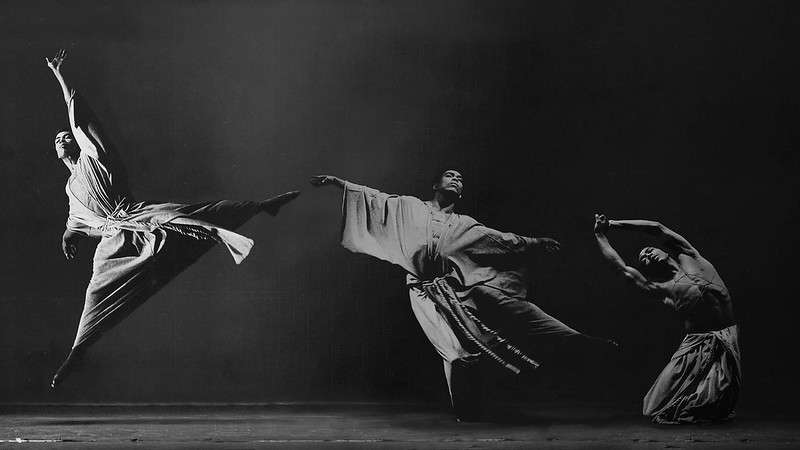
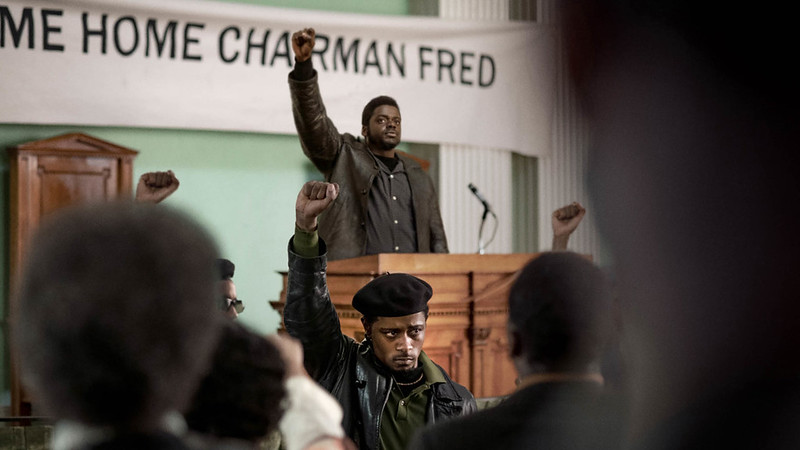
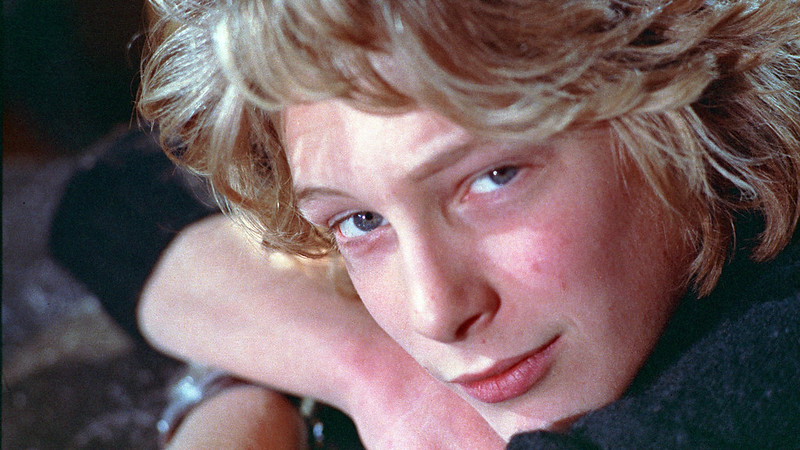


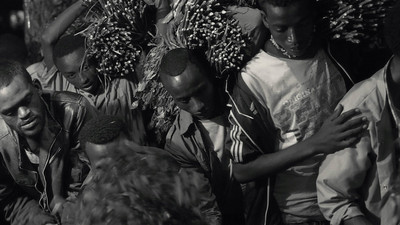
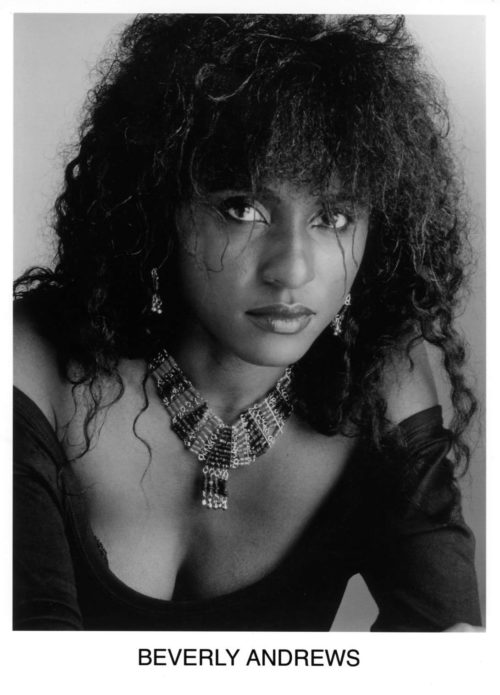
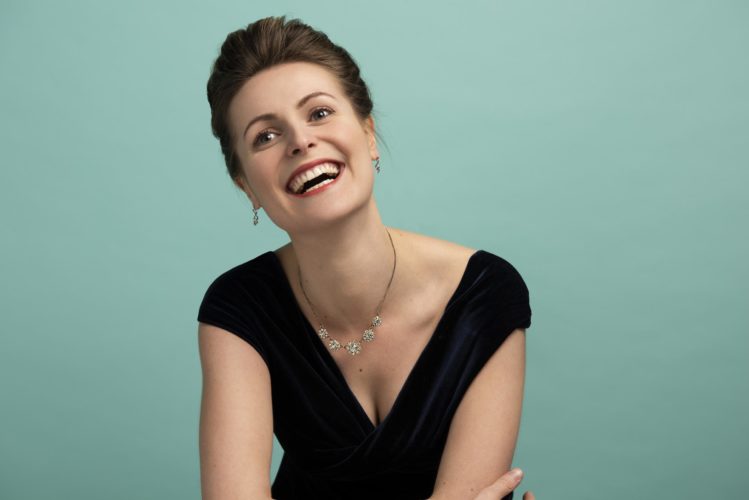
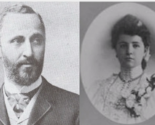
Great selection! Hopefully for a better world!